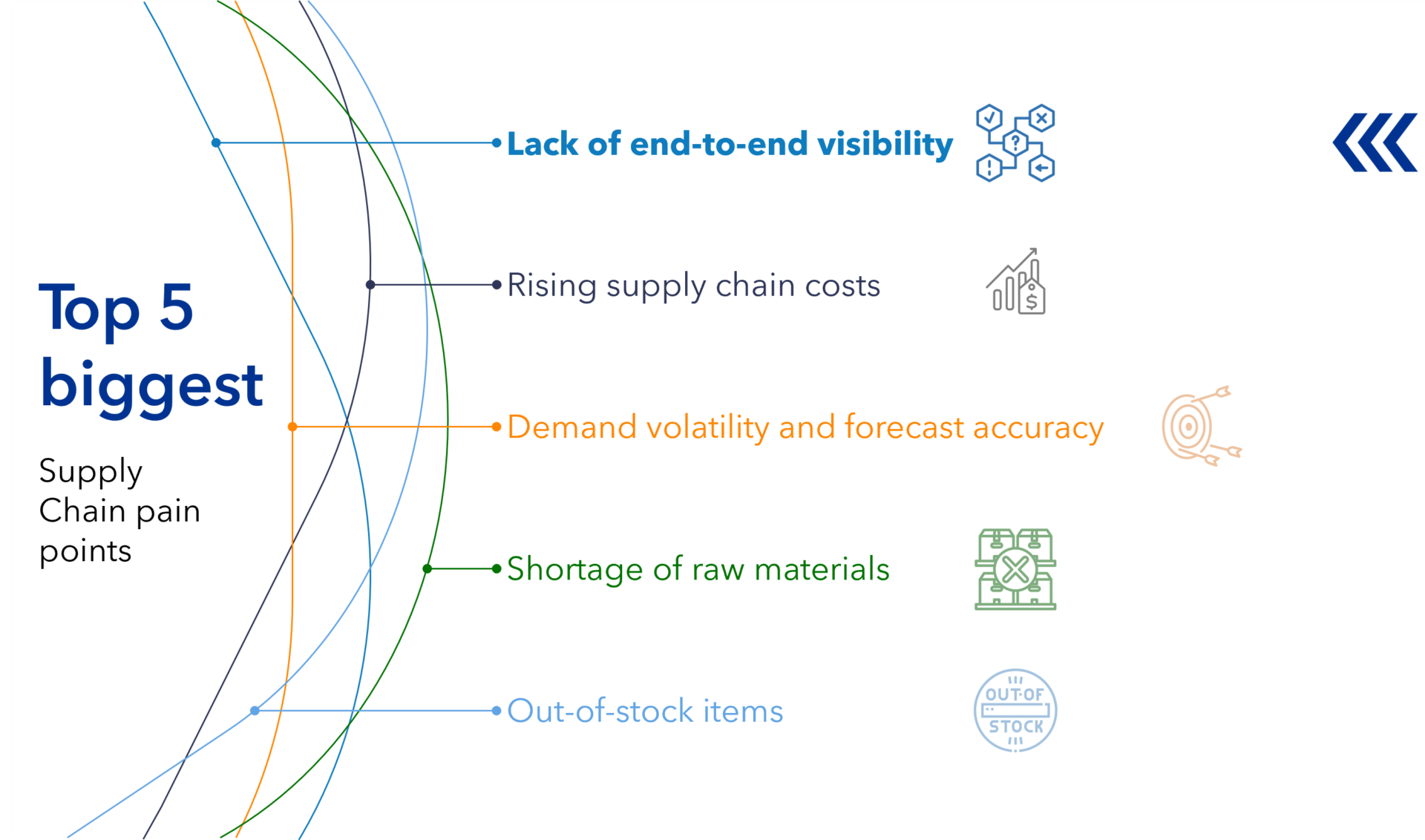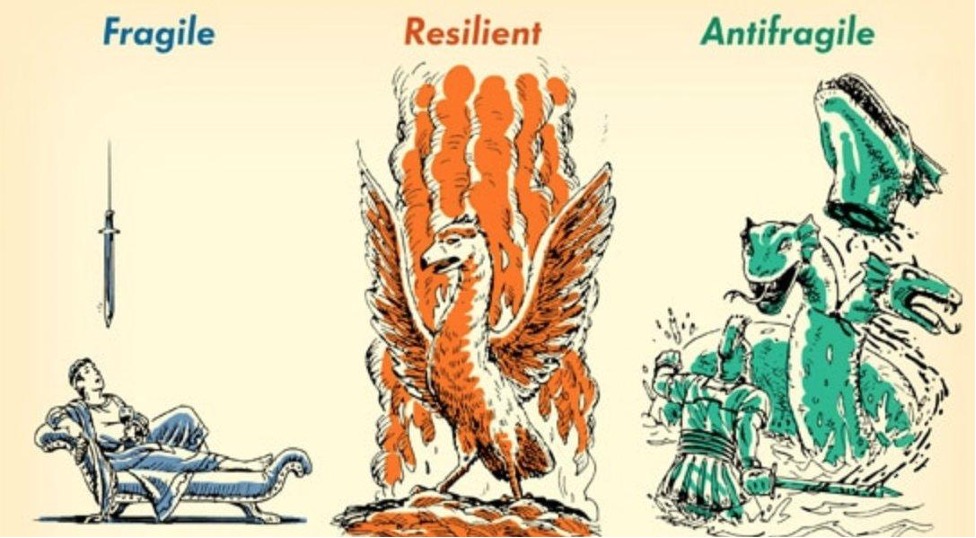The Cost of Not Being Resilient
Waiting for the storm to hit is the most expensive strategy of all
It’s no secret that supply chain planners often feel more like firefighters than forecasters. Why? Because their days are spent putting out fires — from last-minute disruptions to unexpected shortages — and the current state of the world isn’t making things any easier.
Ask any of them what’s at the top of their wish list, and you’ll hear a common answer:
“I wish I could respond quicker,” or “I wish I had more accurate, timely data.”
Yes, resilience is the buzzword of the moment. But it shouldn’t be treated like a passing trend. It’s not something to worry about after the flames are out. It’s a strategic mindset — and a preventive one.
Because here’s the truth: the cost of not being resilient isn’t hypothetical.
We’ve already paid for it — in inflation, in missed opportunities, and in national emergencies we were too slow to meet.
Resilience isn’t a luxury. It’s the difference between reacting late and responding with confidence. Let’s take a look at what happens when organizations and governments aren’t ready — and why smart planning is the only real way forward.

1. The Flour Crisis: When Food Systems Rely on One Link
When war broke out in Ukraine in 2022, the immediate headlines focused on conflict and diplomacy. But quietly, another crisis was unfolding: the collapse of a major food export system.
Ukraine was one of the world’s top suppliers of wheat and sunflower oil. When its ports closed and farmland turned to battlefields, the global supply chain for grain was thrown into disarray. Countries across the Middle East and Africa, which heavily relied on Ukrainian exports, faced sudden shortages and soaring prices.
The cost of not having a resilient food supply chain?
- Drastic food inflation in already vulnerable economies
- Worsening hunger and unrest in politically fragile regions
- Wealthier countries forced to scramble for alternatives at high costs
This crisis made one thing clear: when your supply chain depends on a single point of failure, you’re one shock away from disaster.

2. The Ammo Gap: When Supply Chains Fail the Front Line
While the food crisis unfolded, another challenge emerged — this time in military logistics.
As Western governments pledged support to Ukraine, they quickly realized a critical problem: their defense supply chains were unprepared. Ammunition, drones, and protective gear weren’t being produced fast enough. Why? Because many countries had long treated defense production as a peacetime afterthought, scaling back manufacturing and relying on just-in-time systems.
And while it’s not a topic anyone loves to bring up, the reality is this: even the military needs a resilient supply chain — and it can be one of the trickiest to manage.
No one wants to plan for conflict. Forecasting for war or instability feels uncomfortable and politically sensitive. After all, many nations were hoping and planning for a safer world — not preparing for one where ammunition becomes a top priority again.
The cost of this oversight?
- Delays in delivering vital supplies to Ukraine
- Emergency procurement at premium prices
- A global reckoning over the fragility of critical infrastructure
Resilience in national defense isn’t about stockpiling endlessly — it’s about having the systems and partnerships in place to respond fast, without panic.
3. Scrambling Costs More
Whether it’s food or military gear, the pattern is the same: when you’re not resilient, you pay more later.
- You overpay for freight, labor, and raw materials
- You rush into risky supplier contracts without proper vetting
- You lose time — and trust — trying to catch up
Think of it like grocery shopping. You have your go-to stores, your favorite brands, your usual routine. But what happens when your regular store is out of stock, or your brand isn’t available? You’re forced to shop elsewhere — maybe at a higher price, or with products you don’t like. You might waste time, spend more, or walk away with half of what you need.
Now imagine that — but on a global scale, with multimillion-dollar supply chains.
Resilience isn’t about predicting every crisis.
It’s about having flexible, informed systems that let you adapt without losing control.

Build Resilience Where It Begins: In Your Planning
Resilience doesn’t start in a warehouse. It starts in your planning room.
The ability to simulate, adapt, and act quickly is what separates the organizations that recover from those that fall behind. At Planadigm, we don’t just put out fires — we help you prevent them. Whether it’s streamlining your planning process, implementing modern tools like Pigment, or filling supply chain knowledge gaps with interim experts, we build planning systems designed for resilience, not just survival.
Let’s make resilience real — before the next storm hits.
Let's Talk!


